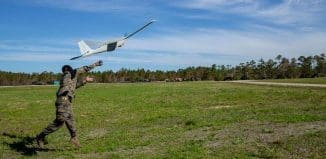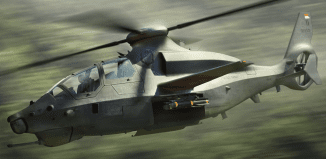Military Looking To Replace Iconic Helicopter
This post is also available in:  עברית (Hebrew)
עברית (Hebrew)
The Sikorsky UH-60 Black Hawk helicopter has been the flying workhorse of the United States military since 1979. Since then the twin engine chopper has been exported around the world and is now operated by many other countries including Israel, Brazil, Colombia, China and more. However for the United States Military, the Black Hawk is starting to get old and plans to replace the military’s fleet of Black Hawk helicopters have already begun.
United States Military officials have recently visited North Texas, where Bell has demonstrated its V-280 Valor, in hope to be chosen by the military to replace the Black Hawk.
The United States Military is looking to replace the aging Black Hawk and modernize their fleet in all of its branches. The Black Hawk is a reliable helicopter, however due to its tilt-rotor design, the V-280 Valor is capable of flying faster, farther, and longer than the Black Hawk.
“Threats continue to evolve in the world so we need newer capabilities that have greater range and more lethality so we can maintain the margin to stay on top and our position of being number one,” said the United States Army Secretary, Ryan McCarthy. “You need to fly it before you buy it and you gotta make sure it’s going to perform and help us make the right choice and get the best weapon systems we can in the arms of our soldiers.”
The V-280 Valor is capable of carrying up to 14 troops, not including the four crew members. The tilt-rotor’s twin engines enable the V-280 a cruising speed of 520 kilometers an hour, compared to the Black Hawk’s cruise speed of 280 kilometers an hour. The tilt-rotor also has a maximum range of 3,900 kilometers, whereas the Black Hawk has a maximum range of only 2,220 kilometers.
Wbap.com reports that the V-280 Valor could cost between 30 to 40 million dollars. If it is decided that the military will adopt the tilt-rotor, the new fleet will likely roll out in 2030.






























